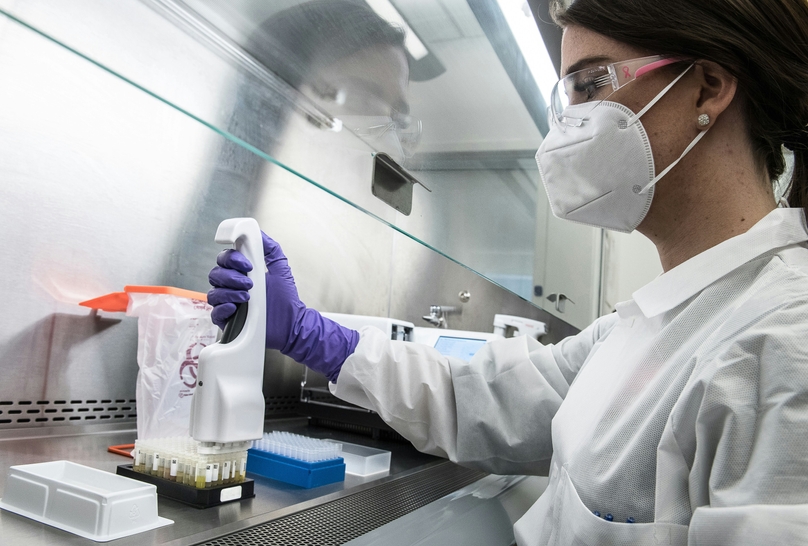In today's rapidly evolving technological landscape, data has emerged as a critical asset across industries, including scientific research and laboratory operations. Laboratories generate copious amounts of data from various sources such as instruments, experiments, and research projects. Effectively managing and integrating this data is crucial for maintaining operational efficiency, data accuracy, and informed decision-making. This is where data integration tools play a pivotal role. Selecting the right data integration tools can streamline lab operations, enhance collaboration, and drive research advancements.
Understanding the Significance of Data Integration Tools
Data integration tools empower laboratories to merge, transform, and consolidate data from disparate sources into a unified and accessible format. This unified view enables researchers, scientists, and technicians to gain insights, detect patterns, and draw meaningful conclusions. These tools facilitate the seamless flow of data across systems, enhancing data accuracy and reducing the potential for errors stemming from manual data entry. Furthermore, by automating data integration processes, these tools free up valuable time and resources, enabling laboratory personnel to focus on high-value tasks and innovation.
Key Considerations When Selecting Data Integration Tools
To ensure efficient data integration in laboratory environments, several key considerations must be taken into account:
Data Source Compatibility: The selected data integration tools should be compatible with the various data sources present in the laboratory environment. This includes databases, file formats, cloud services, and instrument outputs. Compatibility ensures that no data source is left untapped, providing a comprehensive view of laboratory operations.
Flexibility and Customization: Laboratories often have unique workflows and requirements. Opt for tools that offer customization options to tailor the integration process according to the specific needs of the laboratory. This adaptability ensures that the tool aligns seamlessly with existing processes.
Scalability: As laboratory operations expand, the volume of data generated increases proportionately. The chosen data integration tools should be scalable, capable of handling large datasets without compromising on performance.
User-Friendly Interface: Not all laboratory personnel are IT experts. A user-friendly interface simplifies the data integration process, allowing users from diverse backgrounds to operate the tool effectively.
Data Security: Laboratories handle sensitive data, including research findings and patient information. Robust data security features, such as encryption and access controls, are non-negotiable when selecting integration tools.
Real-Time Integration: In certain scenarios, real-time data integration is essential, such as when monitoring experiments or patient data. Choose tools that offer real-time integration capabilities to support critical decision-making processes.
Data Transformation and Enrichment: Integration isn't solely about merging data; it's also about transforming and enriching it for analysis. Look for tools that provide data transformation capabilities, including cleansing, normalization, and enrichment.
Selecting the best data integration tools for streamlining laboratory operations requires a meticulous evaluation of compatibility, scalability, security, and customization. These tools not only enhance efficiency but also foster collaboration, enable data-driven insights, and accelerate scientific discoveries. As laboratories continue to generate an ever-increasing volume of data, investing in the right data integration tools is an investment in the future of research and innovation.


















